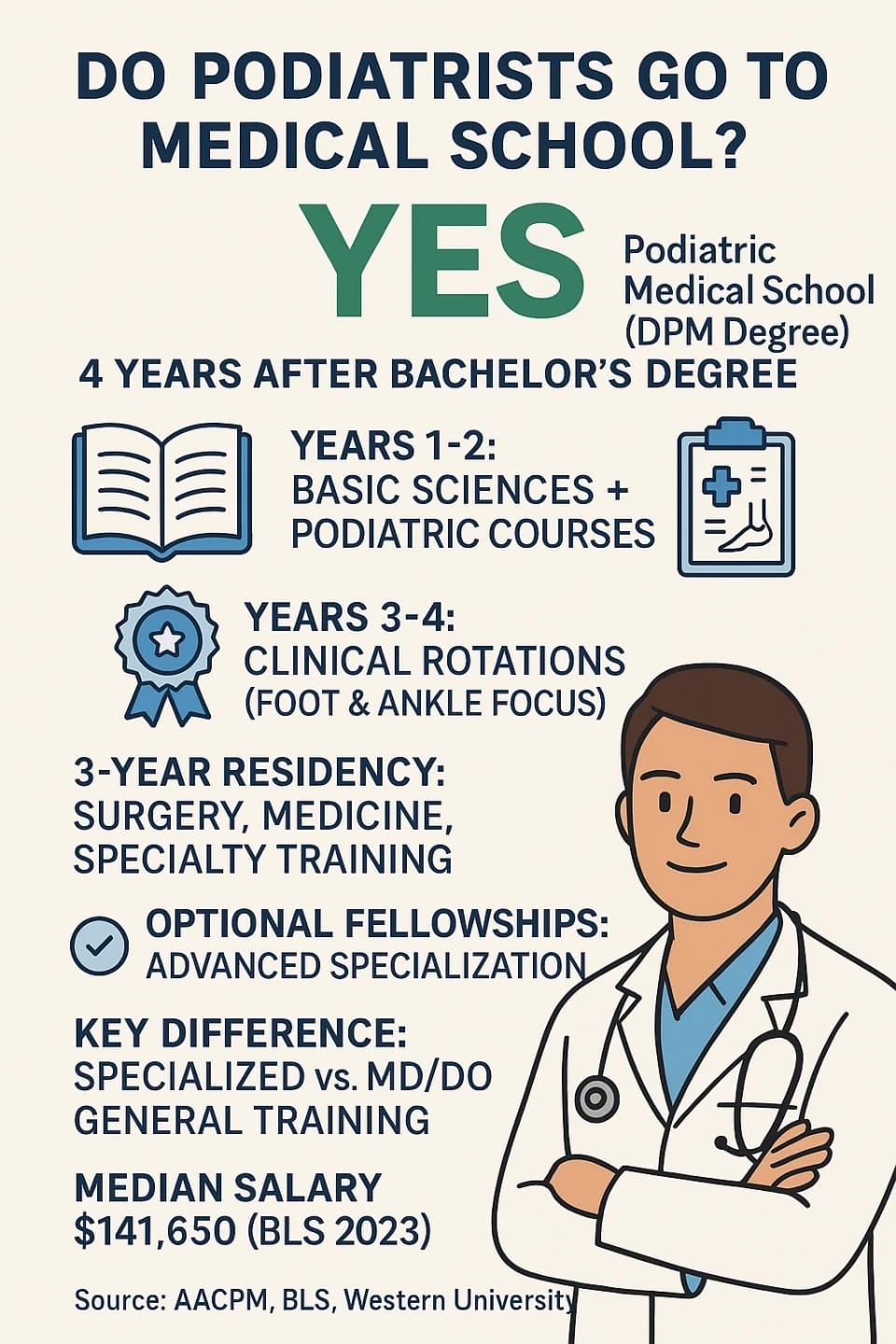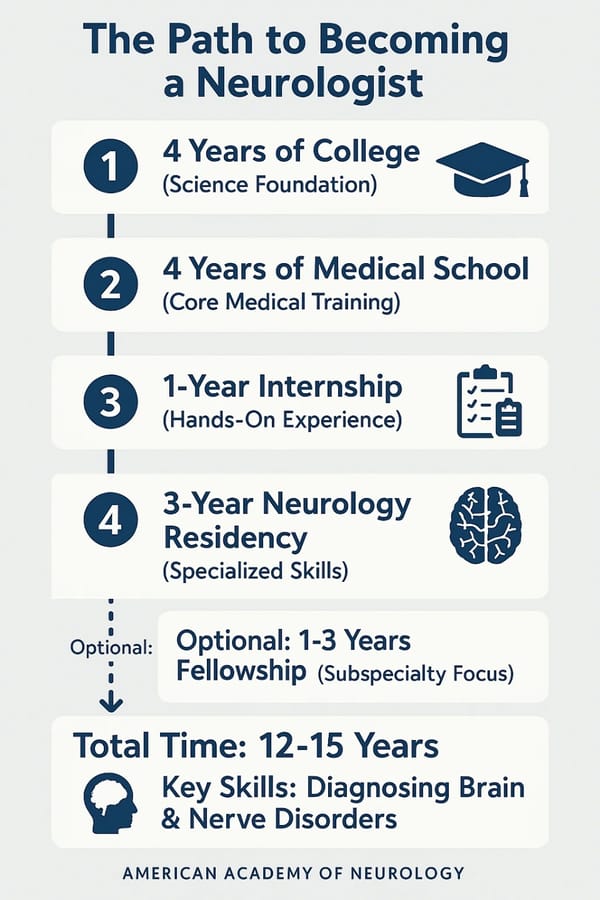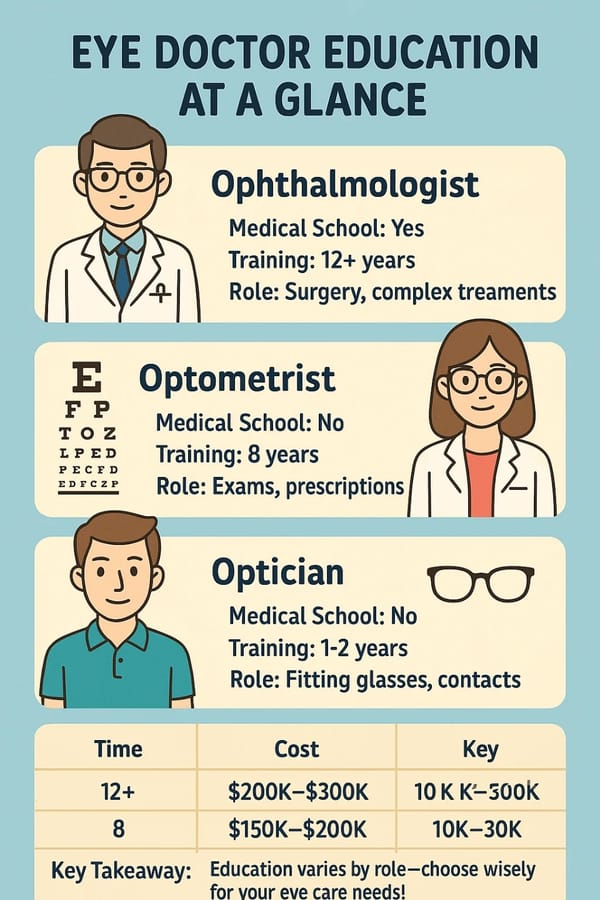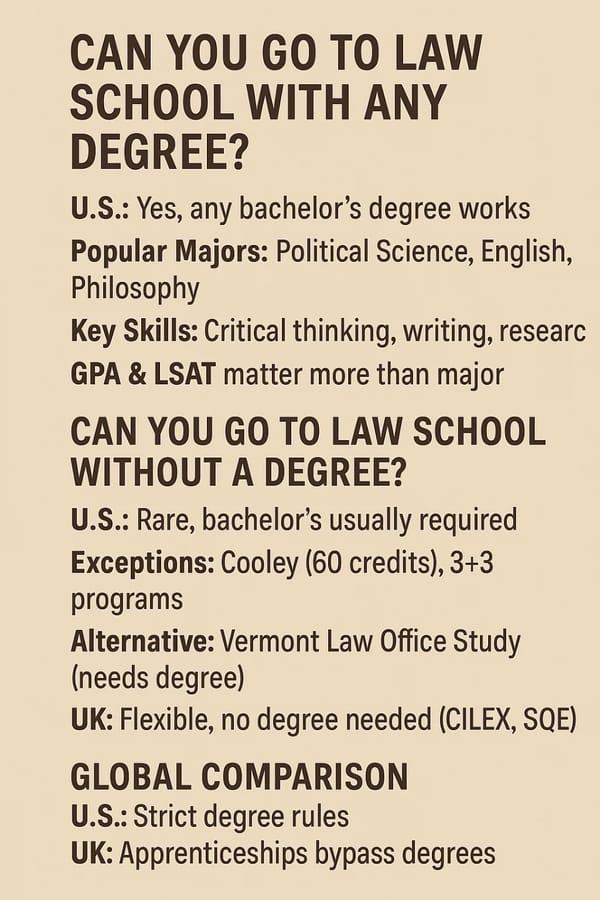Are you curious about the doctors who keep us on our feet? Imagine a medical specialist who focuses solely on the complex network of bones, joints, muscles, and ligaments in your lower extremities. These are podiatrists, also known as Doctors of Podiatric Medicine (DPMs), and their unique education and training often spark the question: do podiatrists go to medical school? The answer is nuanced, and understanding it is crucial for anyone interested in healthcare careers, patient care, or simply general knowledge about podiatry.
Key Points
- Research suggests podiatrists attend podiatric medical school, not traditional medical school, to earn a DPM degree.
- The evidence leans toward a four-year podiatric medical school program after a bachelor's degree, followed by a three-year residency.
- It seems likely that their training is specialized for foot and ankle care, differing from MD/DO paths in focus but similar in rigor.
Do Podiatrists Go to Medical School?
Podiatrists do go to a form of medical school, specifically called podiatric medical school, where they earn a Doctor of Podiatric Medicine (DPM) degree. This is different from the traditional medical school that leads to an MD or DO degree, as podiatric medical school focuses exclusively on the foot, ankle, and lower leg. Here's a breakdown for clarity:
- Educational Path: After completing a bachelor's degree, typically in a science field, aspiring podiatrists attend four years of podiatric medical school. The curriculum includes basic sciences like anatomy and physiology in the first two years, followed by clinical rotations in the last two years, focusing on patient care and surgery related to the lower extremity.
- Training Beyond School: After medical school, podiatrists must complete a three-year residency, with training in areas like surgery, anesthesiology, and internal medicine, specifically tailored to foot and ankle care. Some may pursue additional fellowships for specialization.
- Unexpected Detail: Unlike MDs/DOs, who can choose from a wide range of specialties, podiatrists know from day one that their focus is the lower extremity, which can offer a more direct career path but limits their scope compared to general physicians.
For more details, you can explore resources from the American Association of Colleges of Podiatric Medicine or check curriculum specifics at Western University.
Survey Note: Comprehensive Analysis of Podiatric Education and Training
This note provides a detailed examination of whether podiatrists attend medical school, expanding on the key points and incorporating all relevant research findings. It is designed to mimic a professional article, offering a thorough understanding for readers interested in healthcare careers, patient care, or general knowledge about podiatry.
Introduction to Podiatry and the Question at Hand
Podiatrists, also known as Doctors of Podiatric Medicine (DPMs), are medical specialists dedicated to the diagnosis, treatment, and prevention of conditions affecting the feet, ankles, and lower legs. Given the complexity of these areas—comprising 26 bones, 33 joints, and over 100 muscles, tendons, and ligaments—podiatrists play a critical role in maintaining mobility and alleviating pain. The question of whether podiatrists go to medical school is central to understanding their qualifications and the rigor of their training, especially as foot-related issues rise with aging populations and chronic conditions like diabetes.
Research suggests that podiatrists do attend a form of medical school, specifically podiatric medical school, which is distinct from traditional medical schools leading to MD or DO degrees. This distinction is important, as it highlights the specialized nature of their education, focusing on the lower extremity rather than the entire body.
Defining Podiatry and Its Role in Healthcare
A podiatrist is defined by the federal government as a physician, specializing in the prevention, diagnosis, and treatment of lower extremity disorders, diseases, and injuries. They work independently, utilizing tools like X-rays and laboratory tests, prescribing medications, ordering physical therapy, setting fractures, and performing surgery. As part of healthcare teams, they collaborate with other professionals to manage conditions, and they can specialize in areas such as surgery, orthopedics, sports medicine, pediatrics, dermatology, radiology, geriatrics, or diabetic foot care, as noted by the American Association of Colleges of Podiatric Medicine.
This role is vital, especially given the increasing demand due to aging populations and rising rates of chronic conditions. Podiatrists often provide care that prevents complications, improves mobility, and enhances quality of life, making their education and training a topic of interest for both patients and aspiring healthcare professionals.
The Educational Path: Do Podiatrists Go to Medical School?
The evidence leans toward podiatrists attending podiatric medical school, a four-year program following a bachelor's degree, to earn a DPM degree. This is not the same as traditional medical school (MD/DO), but it is equally rigorous and structured similarly in many ways. Here’s a detailed breakdown:
- Undergraduate Requirements: Aspiring podiatrists typically complete a bachelor's degree, often in biology, chemistry, or a related field, with coursework including biology, general and organic chemistry, physics, and English. Specific requirements vary by school, but most align with pre-medical prerequisites, as outlined by explorehealthcareers.org.
- Podiatric Medical School: The four-year podiatric medical school curriculum is robust, offering challenges and opportunities for specialization. The first two years focus on classroom instruction and laboratory work in basic sciences, such as anatomy, physiology, biochemistry, pharmacology, microbiology, pathology, and immunology. Additionally, podiatric-specific courses like lower extremity anatomy, biomechanics, and radiology are included. The last two years shift to clinical rotations, providing hands-on experience in specialties like sports medicine, wound care, and diabetic foot care, as detailed by Explore Pod Med.
For a concrete example, the curriculum at Western University of Health Sciences College of Podiatric Medicine is structured as follows, based on their official page:
| Year | Focus | Details |
| 1-2 | Basic Sciences | Anatomy, physiology, pharmacology, podiatric-specific courses, board prep. |
| 3 | Clinical Rotations | Hospital rotations, surgery, medicine subspecialties, 2-month externships. |
| 4 | Advanced Clinical Training | 5-month externships, residency prep, didactic programs. |
This structure ensures students are prepared for the specialized demands of podiatric practice, with interprofessional education (IPE) embedded to foster collaboration with other healthcare programs.
- National Boards and Licensing: Podiatrists must pass the American Podiatric Medical Licensing Examination (APMLE), taken in two parts during medical school. Part I covers basic sciences at the end of the second year, while Part II includes a written exam and a Clinical Skills Patient Encounter (CSPE) component, assessing proficiency in podiatric clinical tasks, as noted by Wikipedia.
Comparison with Traditional Medical School
Podiatric medical school shares similarities with MD/DO programs, particularly in length (four years) and the inclusion of basic science training. However, it differs significantly in specialization. While MDs and DOs cover the entire human body and can choose from a wide range of specialties after residency, DPM students know from day one that their focus is the lower extremity. This is highlighted by Dean's Chat, which notes that many DPM programs take basic science courses with DO counterparts but then diverge into foot and ankle-specific training.
Both paths require passing national board exams and completing residencies, but podiatry residencies are typically three years, while MD/DO residencies can range from three to seven years depending on the specialty. This comparison underscores the specialized nature of podiatry, offering a more direct career path but with a narrower scope compared to general physicians.
Training Beyond Medical School: Residency and Beyond
After earning their DPM, podiatrists must complete a residency, usually a three-year Podiatric Medicine and Surgery Residency (PMSR) that includes training in rear foot and ankle surgery. This residency provides interdisciplinary experience with rotations in anesthesiology, internal medicine, infectious disease, surgery, emergency room, and pediatrics, as detailed by AACPM. All entry-level residency programs participate in a centralized application service, similar to allopathic medicine, to streamline the process.
Some podiatrists pursue optional one- to two-year fellowships in areas like foot and ankle reconstruction, surgical limb salvage, sports medicine, plastic surgery, pediatric foot and ankle






